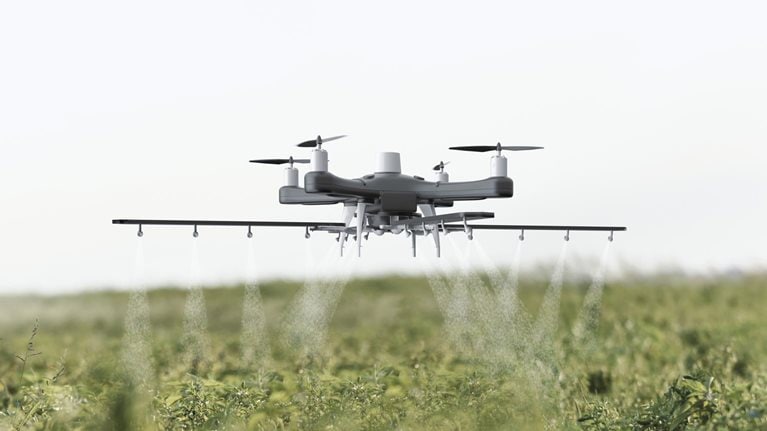Over the past 20 years, agriculture has undergone a digital revolution. It started quietly with original-equipment manufacturers that began to sell harvesters with guidance systems and auto steering, then roared to life in 2013 with Monsanto’s nearly $1 billion acquisition of the digital-agriculture company Climate Corporation. Since then, there has been an arms race within the industry, with billions of dollars invested and hundreds of millions of acres affected by digital farming.
The rapid pace of investment and broad adoption of digital technologies on the farm are a testament to the power of digital to reduce costs, boost yields, and put more money in the pockets of growers.1 However, despite the promise of digital-farming solutions, our research suggests that such investments have not lived up to expectations of the companies that made them. To explore why this might be the case and what could be done to improve outcomes, we conducted a survey of more than 100 industry executives from across the agriculture value chain.
For the purpose of this article, we define “digital farming” as any platform or application that processes input data to provide growers or crop advisers with agronomic decision-making support. These include proven digital offerings (such as variable-rate application) and ones that are more novel (such as in-season sensing). We excluded automation equipment, drones, and services that are not linked to agronomic decisions (for example, fleet-management software).
The survey found that most agriculture companies have invested in digital-farming solutions, but less than 40 percent of respondents (representing a broad swath of the industry) self-reported positive returns. To understand why, we tested a number of success factors, several of which dramatically increase perceived success. These standout factors include:
- high attention from CEO and top team
- clear strategy and business case linked to value creation
- at-scale investment
About two-thirds of survey respondents indicated they had just one of these success factors in place; this suggests that the disappointing returns from digital-farming investments may be due to lack of adequate preparation.
Yet even some survey respondents with the right ingredients in place still reported negative returns. We believe other factors, such as offering proven digital solutions and pursuing multiple approaches to monetization, are also instrumental.
Would you like to learn more about our Agriculture Practice?
Beyond offering new business-growth avenues through digital farming, digital transformations in agriculture companies offer the prospect of enhancing commercial excellence and lowering cost. In fact, our experience shows us that digital leaders reap outsize returns—but only when the right pieces are in place. In addition to the success factors noted above, several others bear mentioning in the broader context of a digital transformation:
- identifying value across the existing business in each domain (including commercial and operations) and new sources of value (such as digital-farming solutions)
- clarifying objectives (for example, cost leadership, commercial excellence, and new growth platforms) and prioritizing investments accordingly
- defining and tracking key performance indicators to prove the value to the business
- establishing the right enablers to ensure scalability (for example, full technology stack, ample digital talent, and agile ways of working)
Agriculture is ripe for digital reinvention and, with the right approach, companies all along the value chain can deliver outsize value from digital investments (exhibit).


